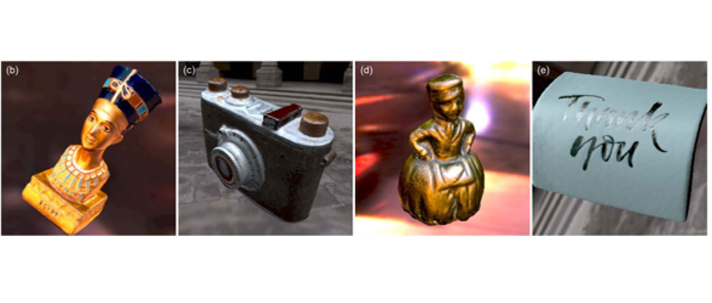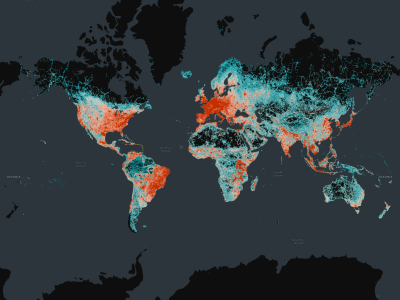Since the introduction of 3D capture technology, a scan’s fidelity to the real world has been judged primarily the metric of accuracy. With the rise of AR/VR applications, however, other metrics are becoming increasingly important. Is the scan’s texture photorealistic? Does it react to light sources like a real object would in its place?
A recent conference paper presented at SIGGRAPH Asia demonstrates a method that captures accurate geometry, photorealistic detail, and even reflectance, using nothing more than a single camera with a flash—like the one you have in your smartphone.
Min H. Kim, lead author of a conference paper presented at SIGGRAPH Asia earlier this month explains that ”traditionally, this has been either done manually by 3D artists, which is a labor-intensive task, or by using specialized, expensive hardware. Our method is straightforward, cheaper and efficient, and reproduces realistic 3D objects by just taking photos from a single camera with a built-in flash.”
Many existing methods for mobile 3D capture of this type run into familiar problems. Some require existing geometry data as a basis, complicating the process of capture significantly, and others are only capable of capturing reflectance for planar objects. Multi-view stereo approaches tend to assume diffuse reflectance, which leads to smoothed out models. Often the only reliable approach is to use a professional capture system, which often costs $200,000 or more.
If you’re into optical engineering, I recommend digging into the paper here. If you’re not, the results below—captured with a single smartphone—speak for themselves.





